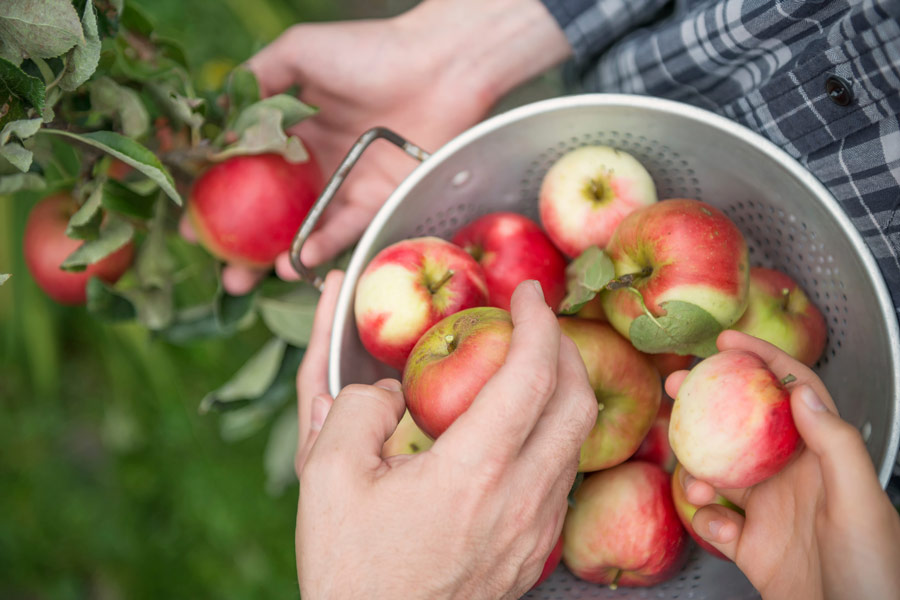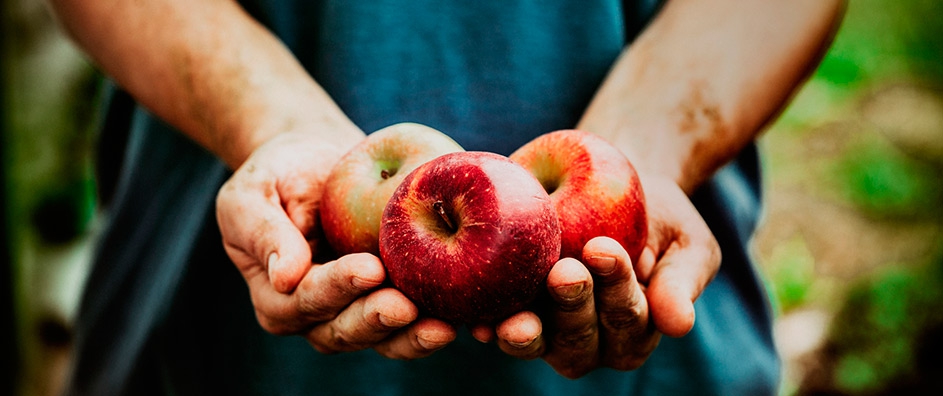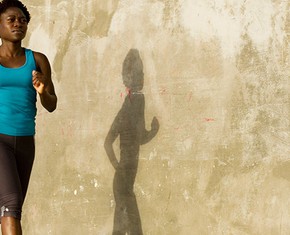The views expressed in our content reflect individual perspectives and do not represent the authoritative views of the Baha'i Faith.
The world of existence is like unto an orchard and humanity is like unto the trees. – Abdu’l-Baha, Divine Philosophy, p. 183.
A spiritual seeker can gain a lot from understanding and practicing any one of the Baha’i teachings. But many of the deeper insights they lead to come from seeing the connections between different teachings. Taken together, the body of Baha’i teachings adds up to more than the sum of its parts. Their integration and mutual application have a mystical power.
For the past two autumns I worked at an apple orchard. A lot of work goes into growing an apple crop, but the biggest task comes at harvest season. Bringing the apples from the trees to the barn reminded me of a natural relationship between the two Baha’i teachings of consultation and independent investigation of reality.
Reality is one, and we must strive to understand it—even though we can see reality from many different perspectives. We need to examine things with our own eyes and our own intelligence, but a group of people has stronger powers when they all put their heads together to explore a common reality.
My inspiration for these thoughts started with the acknowledgement of one simple fact: An apple is a round object.

Everybody knows apples are round. Very few people, though, have thought through what that means for the harvester. You pick an apple once enough of its skin has turned the appropriate color. Different varieties show their ripeness at different percentages and intensities of that color. Most turn some shade of red. Others turn yellow or a lighter shade of green, and some don’t change color at all. The harvester needs discernment, to look at every apple and make a decision whether or not to pick it. Like all round objects, it’s impossible to see more than half an apple’s surface at one time. So the harvester needs to know how the other side looks. Sometimes, this may be easy; other times it may not.
We do not harvest alone. When I’m on a ladder, somebody stands on the ground below. When I am on one side of the tree, someone else picks on the other. I might overlook an apple that looks mostly green from my perspective, until my coworker asks me why I didn’t pick it, since from the other side of the tree it appears entirely red. Other times, the way the apples have clustered together or how they’re sitting on a branch might cause one or more unripe apples to come off the tree if I inspected the other side. In such cases the perspective of another person can help me decide whether or not to harvest what I’m looking at. I need to use my own eyes, and I may need my co-workers to share what they see with their own eyes. Together, we can see both sides of the apple.
In this light, we can appreciate the value of the Baha’i teachings. In one place, Baha’u’llah, the founder of the Baha’i Faith, wrote this about independently investigating reality:
O Son of Spirit! The best beloved of all things in My sight is Justice; turn not away therefrom if thou desirest Me, and neglect it not that I may confide in thee. By its aid thou shalt see with thine own eyes and not through the eyes of others, and shalt know of thine own knowledge and not through the knowledge of thy neighbor. Ponder this in thy heart; how it behooveth thee to be. Verily justice is My gift to thee and the sign of My loving-kindness. Set it then before thine eyes. – Baha’u’llah, The Hidden Words, p. 3.
Baha’u’llah’s son Abdu’l-Baha also wrote about the importance of consulting with others:
The purpose of consultation is to show that the views of several individuals are assuredly preferable to one man, even as the power of a number of men is of course greater than the power of one man. Thus consultation is acceptable in the presence of the Almighty, and hath been enjoined upon the believers, so that they may confer upon ordinary and personal matters, as well as on affairs which are general in nature and universal. – quoted by Shoghi Effendi, from a 15 February 1922 letter to the Baha’is of Persia.
Trees and apples have many specific characteristics that also represent universal characteristics of reality in general. Trees and apples, then, become metaphors for the world. They have patterns and similarities, but every branch and every fruit grow in unique ways. Because orchard workers prune apple trees to have a certain shape and structure, they bear the marks of civilization and culture. For a variety of impossible-to-calculate reasons, each tree and each apple ends up different from every other one.
Working in an orchard, you can see some things easily, even from a distance. Others remain concealed, even after great effort. Nothing is completely strange and unusual, but nothing is as regular or predictable as lines on a sheet of notebook paper.
A tree, like the universe all around us, requires careful observation to understand. It calls for thought that draws the thinker into the surrounding environment. When we think together from different directions, we encircle reality in its wholeness.
















Comments
Sign in or create an account
Continue with Googleor